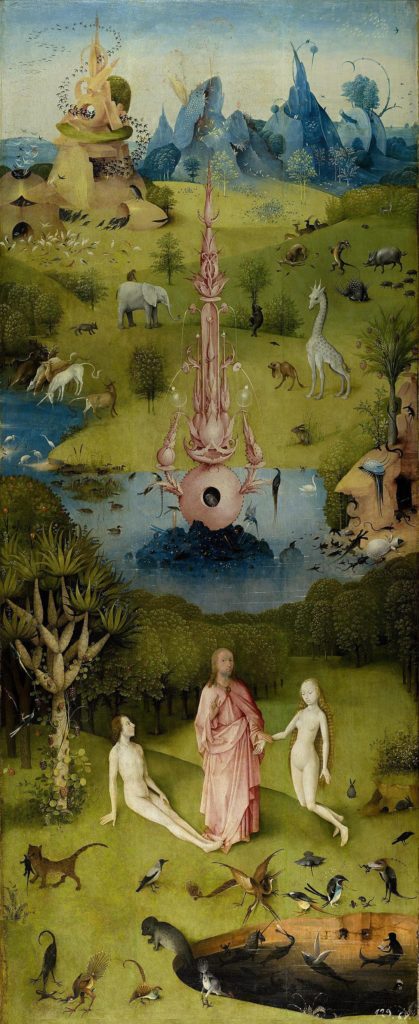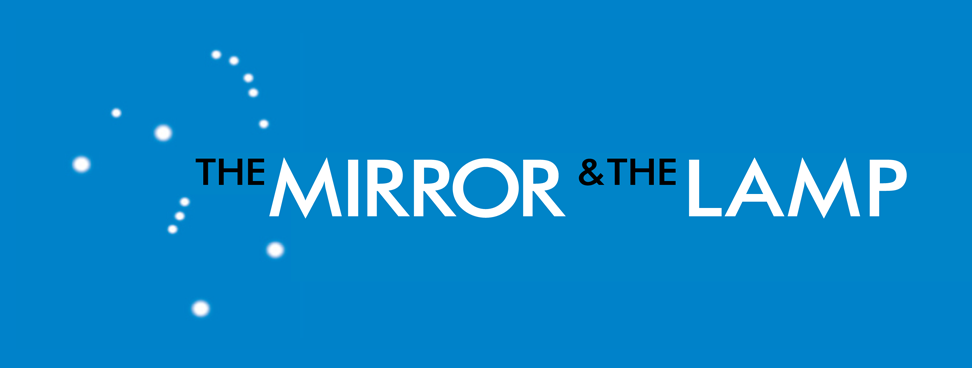What would life be like without art?
One answer to the question is that it would be like the life of an animal.
The human mind is distinctive in that we have “meta-beliefs”: beliefs about our beliefs, such as that a belief is true or false. We also have meta-desires: we desire our desires to be appropriate, and we are sometimes concerned that our emotional reactions are inappropriate. We are not merely conscious, we are self-conscious. We not only know things, we know that we know them.
It’s impossible to be certain, but so far as I can tell my cat isn’t conscious in this way. When she forms the belief that a mouse is within striking distance, she doesn’t ask herself how she knows that her belief is true. She just knows that a mouse is near. And she certainly doesn’t ask herself whether she has a right to attack the mouse. She simply pounces when the opportunity arises, without any moral deliberation at all.
Another way to put this is to say that my cat lacks objectivity. She’s not worried that she might be mistaken about something. She does occasionally make a mistake, for example by taking the rustle of a curtain for a careless rodent. If it happens more than once, she’ll learn to discriminate curtain rustling from rodents. But she won’t experience her mistake as a mistake, and she won’t reflect on her mistake – at least, I’ve seen no reason to believe she will.
In our kind of consciousness, we have experience of the world and we know about things and our relationship to them. We tell ourselves stories about the mistaken beliefs we held, how we corrected them, and the difference it made: why it mattered, what it made possible, what it resolved. It’s this “aboutness” that makes up the content of art. When we read a poem or novel, attend a play, contemplate a painting or sculpture, or listen to a symphony or song, we are entering into thoughts and feelings about the world in its various aspects. You can pick passages from poems and novels almost randomly and get an example.
From Proust:
A cathedral, a wave of a storm, a dancer’s leap, never turn out to be as high as we had hoped.
King Lear:
I will have revenges on you both
That all the world shall – I will do such things –
What they are yet, I know not; but they shall be
The terrors of the earth!
The world of art is mindedness at its most penetrating and acute.
There’s a lot more to the question than this, of course. A life without art would also, I suspect, be a life of debilitating ambiguity. Only in art are people and events and their significance clear and well-defined; real life is hopelessly chaotic and unresolved.
If the animal model of life without art doesn’t appeal to you, consider the life of Adam and Eve before the Fall. Prior to eating the fruit of the tree of knowledge of good and evil, they didn’t have meta-beliefs or meta-desires any more than my cat does. Their language was primitive: they could name things, as when Adam names the animals, and communicate in a rudimentary fashion, but no more. They knew enough about the garden to till and keep it, but nothing suggests that they were self-conscious until they ate the forbidden fruit. Then they saw that they were naked, which was a kind of knowledge God didn’t want to believe they were capable of on their own: “Who told you that you were naked?” he demands. Up to that point, Adam and Eve were nothing more than God’s pets.
Art, to use a Neo-Platonic formulation, is the anima mundi, the “the soul of the world.” A life without soul wouldn’t be empty; the lives of cats and other creatures are anything but that. I can even see its appeal, since there would be no more worrying about right and wrong, good and bad, truth and untruth, justice, meaning, or value of any kind. But it wouldn’t be human.


